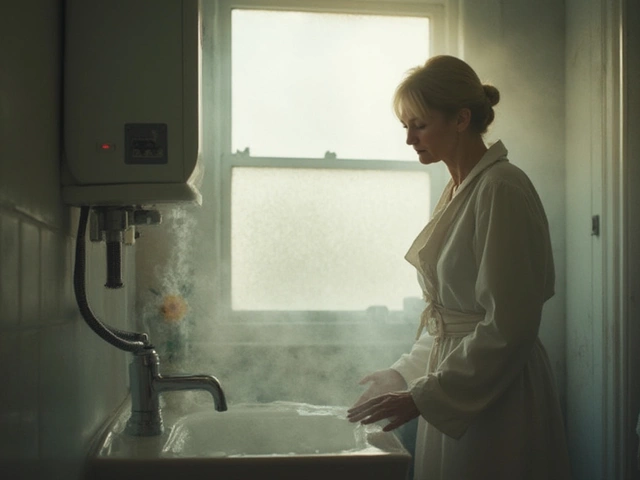If your oven, hob or dryer suddenly stops heating, the culprit is often a heating element that’s gone bad. It’s a cheap part, but when it fails it can feel like a big disaster because you lose heat fast. The good news? In many cases you can test the element yourself, decide if it’s a simple swap, and only call a pro if the job feels unsafe or the part is hard to get.
First, look for the classic symptoms. An oven that stays cool no matter what you set it to, a hob that has a dead burner, or a dryer that runs forever without warming up are all red flags. You might also hear a buzzing sound before the element quits, or notice uneven hot spots – one part gets hot while the rest stays cold. If the element looks discoloured, has a broken wire, or shows visible cracks, it’s almost certainly the problem.
Before you grab a screwdriver, always unplug the appliance. Safety is the number one rule. To test the element, pull it out (most are held with a couple of screws) and use a multimeter set to the ohms setting. A good element reads around 10‑30 Ω depending on the model; an infinite reading means it’s broken. If the reading is normal, the fault might be a loose connection or a bad thermostat instead.
When the element is the issue, swapping it is usually straightforward. You’ll need the right replacement – match the voltage and wattage printed on the old part. Remove the mounting screws, disconnect the wiring harness, and fit the new element the same way. Tighten the screws, reconnect the wires, and give it a test run. Many homeowners finish this in under an hour, and the cost is often just the price of the part.
But don’t ignore the signs that you need a professional. If the element is inside a sealed unit (like many dryer drums) or you’re not comfortable working with electrical components, call Bognor Regis Appliance Repair Experts. Their technicians have the tools and experience to replace hidden elements safely, and they can spot related issues that might cause future failures.
In summary, a faulty heating element is a common and usually inexpensive fix. Identify the symptoms, test with a multimeter, and replace the part if you feel confident. When in doubt, especially with gas‑linked ovens or hard‑to‑reach dryer elements, let the experts handle it – they’ll get your appliance back to full heat quickly, without risking safety.

Spotting the two most common electric stove problems can make repairs easier. Learn how to catch signs like faulty burners and control issues with clear, helpful steps.

Wondering why your water heater keeps needing a reset before you get hot water? Learn the real reasons, what you can safely check, and when it’s time to call for help.

Wondering if your 20-year-old oven can be repaired? Discover repair tips, replacement part insights, costs, and when it makes sense to swap your old oven for a new one.

Ever wondered how long your trusty range oven will last? On average, a well-maintained range oven can serve you for about 10 to 15 years. Routine cleaning and minor repairs can help extend its lifespan. Knowing when to repair or replace your oven is crucial for efficiency and safety. Read on for practical tips to make sure your oven lasts as long as possible.

Wondering when to replace your cooker? This article breaks down the real signs that your cooker is on its last legs, what affects its lifespan, and how to keep it running safely for longer. Get practical tips straight from real-life experience and find out how to spot issues before they turn expensive. Whether you use gas or electric, knowing when to repair or replace makes all the difference in your kitchen.

Boiler servicing is an essential aspect of home maintenance that ensures safety and efficiency. While it might seem tempting for homeowners to attempt servicing their own boilers, it's crucial to understand the complexities and risks involved. This article explores whether boiler maintenance can be a DIY project, providing key tips and insights. It offers guidance on what aspects are safe to handle on your own and when to call in a professional.